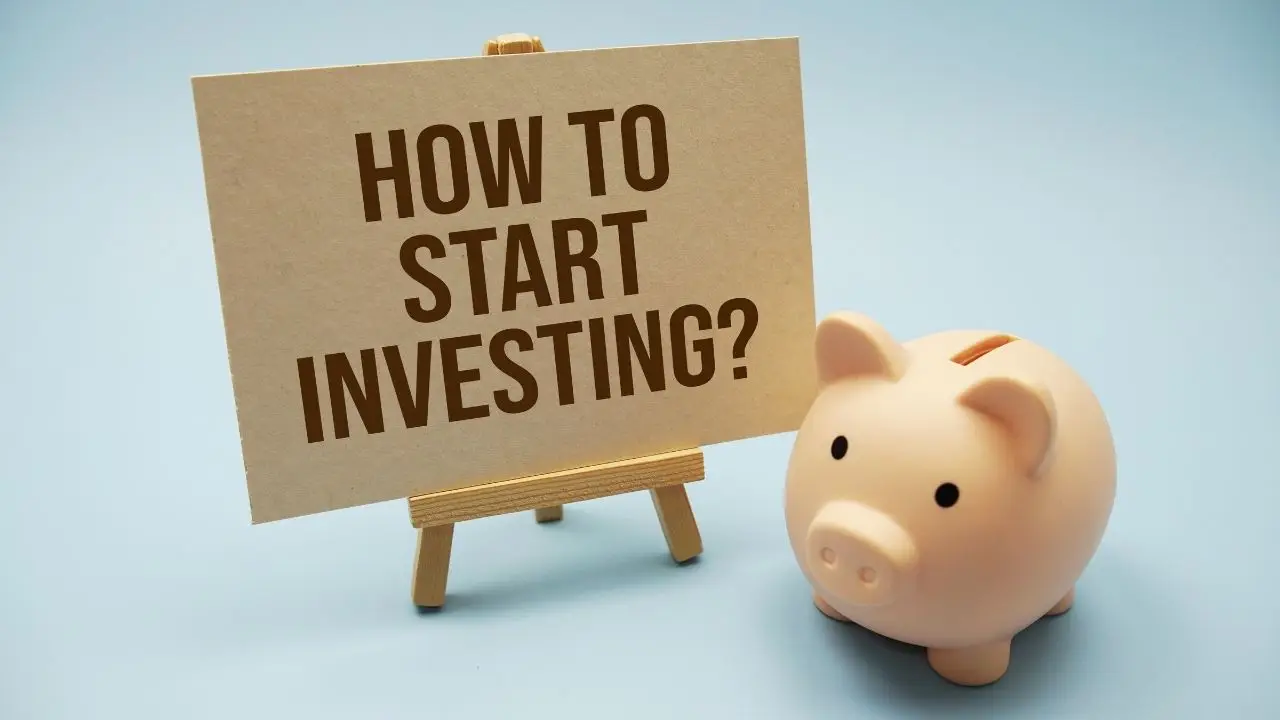Investing is one of the best ways to increase your money over time, but it may be intimidating for newcomers. Where do you even start with so many alternatives, terminology, and strategies?
This thorough introduction to investing breaks down the fundamentals and provides doable actions to enable you to successfully start your investing career. This post will provide you with the information and resources you need to How to Start Investing?
What is Investing?
Investing is a long-term approach that may help you increase your wealth and work toward longer-term objectives like saving for retirement and a down payment on a new home. Even though they both include saving money for the future, they differ greatly.
You can access your money more easily with a savings account, but the risk and return are smaller. You take on more risk while investing in hopes of earning larger returns in the future.
What to Consider Before Investing your money
- Have you set up an emergency fund? Three to six months’ worth of living expenditures should be covered by your emergency fund.
- Have you settled any loan with a high interest rate? Personal loans and credit card debt are examples of high-interest debt.
- After you pay your bills each month, do you have any money left over? Since investing is a long-term strategy and carries some risk, make sure you have enough money to live on.
How to Start Investing:
Define Your Financial Goals
- Long-term objectives (10+ years): Financial independence or retirement.
- Short-term objectives (one to three years): a vehicle, vacation, or emergency money.
- Medium-term objectives (three to ten years): establishing a company or making a down payment on a house.
Understand Your Risk Tolerance
Age: Since they have more time to recover from market declines, younger investors are frequently able to take on greater risks.
Income and Savings: You could feel more at ease taking on greater risk if you have a steady income and an emergency fund that covers three to six months’ worth of costs.
Experience: Until they acquire confidence, novice investors often favor safer options like bonds or index funds.
Build a Financial Foundation
Pay off high-interest debt: Your investment returns may be eroded by credit card debt with interest rates higher than 7–10%.
Establish an emergency fund: To prevent taking money out of investments in times of need, put three to six months’ worth of living costs into a high-yield savings account.
Budget: Determine how much you can afford to invest on a monthly basis without breaking the bank.
Learn the Basics of Investment Options
Stocks: Ownership of businesses that have the potential to generate large profits but are prone to volatility.
Bonds: Interest-bearing loans with less risk and returns to governments or businesses.
Mutual funds: Professionally managed investments that distribute risk over a large number of assets.
Exchange-Traded Funds (ETFs): Similar to mutual funds but traded like stocks, exchange-traded funds (ETFs) sometimes have cheaper costs.
Real Estate: Property investments, either directly or through Real Estate Investment Trusts (REITs), are referred to as real estate.
Retirement Accounts: For long-term investments, options like 401(k)s and IRAs provide tax benefits.
Choose the Right Investment Platform
Robo-advisors: Automated systems that manage investments according to your risk tolerance and goals, such as Wealthfront or Betterment. Perfect for novices.
Brokerage Accounts: You may purchase and sell investments directly through platforms such as Fidelity, Charles Schwab, or Robinhood.
Retirement Accounts: Make it a priority to contribute enough to receive the full match if your workplace provides a 401(k) with matching contributions; this is effectively free money.
Start Small and Stay Consistent
Dollar-cost averaging: To lessen the impact of market volatility, invest a certain amount on a regular basis (e.g., $100/month).
Diversification: To reduce risk, distribute your assets among several asset classes (stocks, bonds, etc.).
Educate Yourself Continuously
Keep studying since the world of investing is ever-changing. Take free online classes, read books like Benjamin Graham’s The Intelligent Investor, or keep up with financial news. Gaining knowledge of concepts such as “dividends,” “capital gains,” and “expense ratios” will enable you to make more informed choices.
Monitor and Adjust Your Portfolio
Investing is not something that should be done once and then. Make sure your portfolio fits your objectives and risk tolerance by reviewing it at least once a year. If one asset class (stocks, for example) increases excessively, rebalance, and make adjustments as your financial circumstances or goals change.
Conclusion
How to Start Investing, Although beginning an investing journey may seem intimidating, wealth accumulation is possible with well-defined objectives, astute preparation, and persistent work. Pay attention to the basics of finance, diversify sensibly, and keep yourself updated. The secret is to start early and make consistent investments, whether you’re saving for a big purchase or retirement. Take the first step toward financial independence by following this beginner’s guide.






